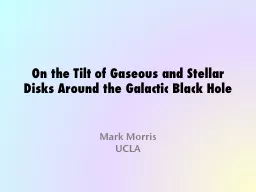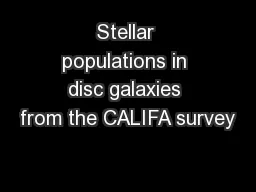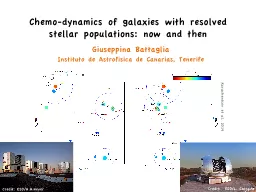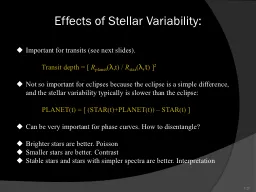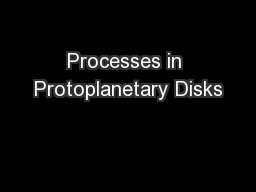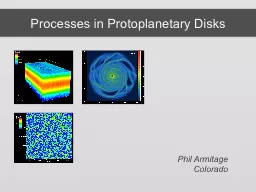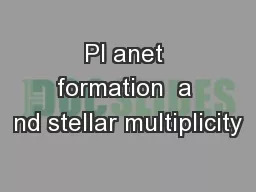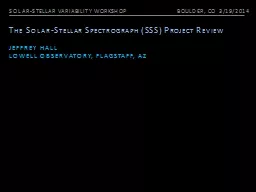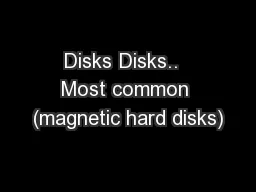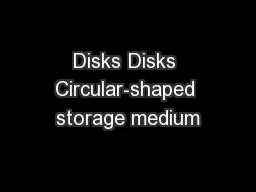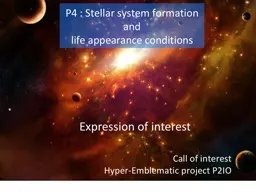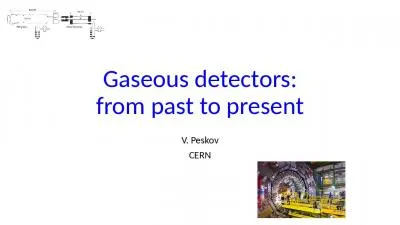PPT-On the Tilt of Gaseous and Stellar Disks Around the Galacti
Author : mitsue-stanley | Published Date : 2016-04-25
Mark Morris UCLA ABSTRACT The welldefined massive disk of young stars orbiting within 05 pc of the Galactic black hole GBH is strongly tilted with respect to the
Presentation Embed Code
Download Presentation
Download Presentation The PPT/PDF document "On the Tilt of Gaseous and Stellar Disks..." is the property of its rightful owner. Permission is granted to download and print the materials on this website for personal, non-commercial use only, and to display it on your personal computer provided you do not modify the materials and that you retain all copyright notices contained in the materials. By downloading content from our website, you accept the terms of this agreement.
On the Tilt of Gaseous and Stellar Disks Around the Galacti: Transcript
Download Rules Of Document
"On the Tilt of Gaseous and Stellar Disks Around the Galacti"The content belongs to its owner. You may download and print it for personal use, without modification, and keep all copyright notices. By downloading, you agree to these terms.
Related Documents

